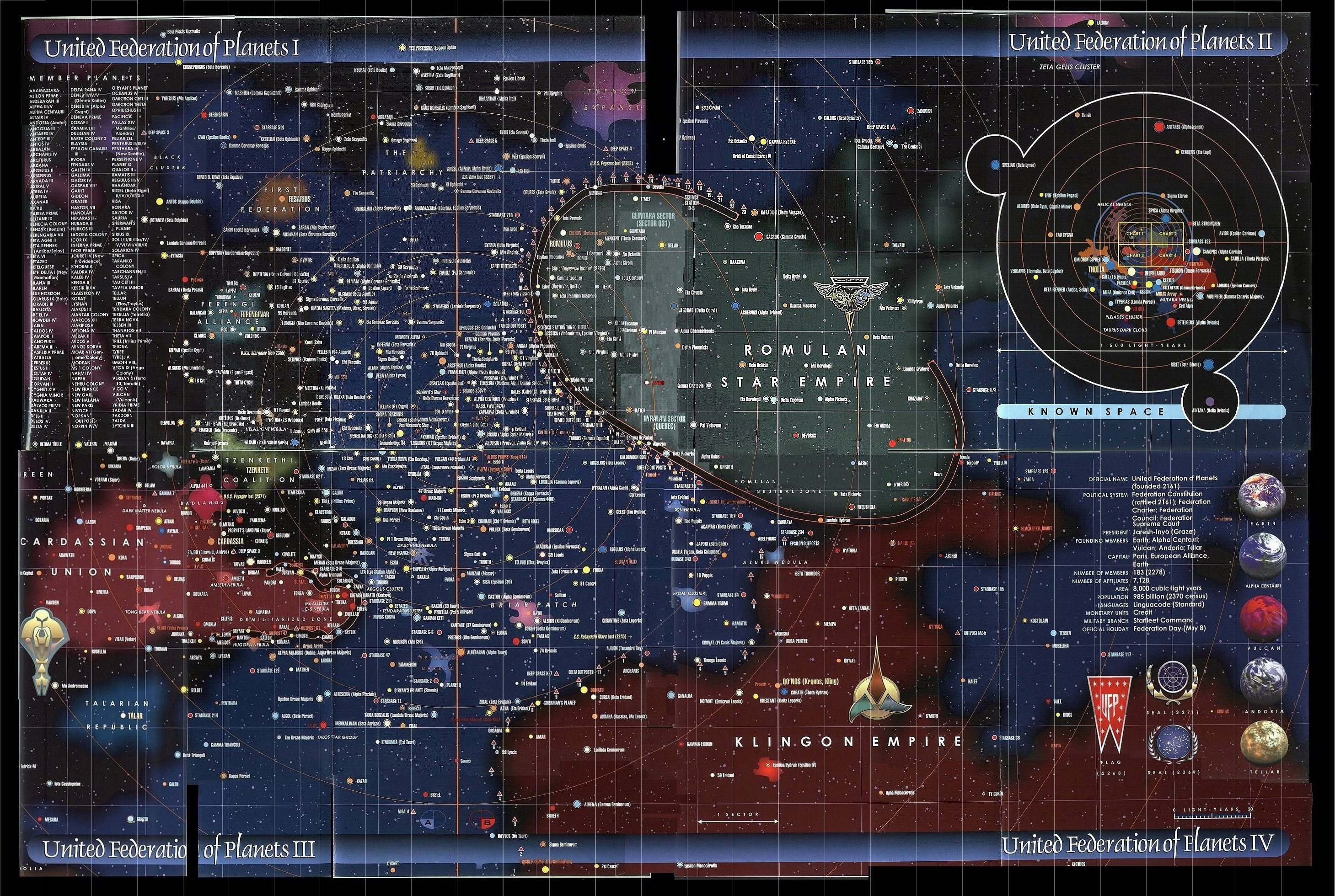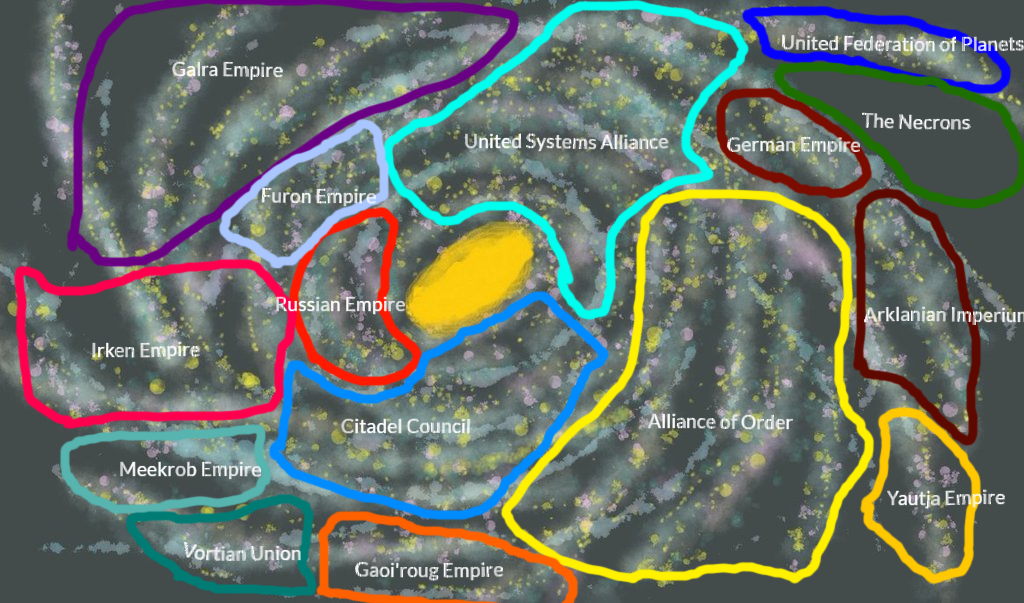

Whenever relevant, these foci double a success result and they make a regular, major impact on the game, unlike the throwaway choice of your favorite 80s number in Tales from the Loop. You create your own foci, anything from xenobiology or interrogation or transporters, to gambling, Bajoran religion and baseball. Species (yes, you can play a Klingon) shape your abilities without boxing you in, while nothing stops an engineer from knowing field medicine or a captain trying martial arts. The GM has a mirror resource, Threat, limiting how cruel you can be to the players at any given time, or helping you to be absolutely brutal at the most perfect moment.Ĭharacter creation is wonderfully open, closer to Tales from the Loop than Dungeons & Dragons. Players tend to slowly accumulate Momentum and then frantically dump it all when things get really… dicey, so there’s this brilliantly varied pace within scenes and nobody burns through their resources too early. It’s all delightfully fast and works so well that I never have to worry about the action stalling because of failed rolls.

Momentum can also be used to dodge injuries, take extra actions, or deal damage beyond whatever the six-sided Challenge Dice have declared. Need more dice? Look to your fellow crew members or even your ship for assistance, or spend some Momentum, which you earn whenever you roll more successes than you need. Beaming up Leonard Nimoy in good space weather takes one success, beaming him out of the Gamma Quadrant would take five. Instead of one d20, you always roll at least two because difficulty is metered by the number of successes. Adapted by Nathan Dowdell from a design by Jay Little (responsible for the infamous X-Wing), the system is simpler, faster, and more forgiving than Dungeons & Dragons.

I’m ashamed to have forgotten it, but this game has reminded me that the suspense from rolling dice can be such a visceral thrill.
Star trek adventures galaxy map pdf#
pdf rulebook, a hodgepodge of d6s and d20s, plus OUR OWN BEAUTIFUL IMAGINATIONS. In other words, we’ve been enjoying a good old-fashioned Star Trek time, though without the need any custom dice or that massive Borg cube below, packed as it is with maps and minis. We’ve encountered new life and new civilizations, exchanged searing phaser fire with the cruel Cardassians, shattered the prime directive and even had some touchingly awkward spy-versus-spy moments in the ship’s conference room.

“Can we review that? Please?!”īut does it provide that perfect blend of discovery, combat, philosophy and cheap humour that characterised Star Trek at its strongest? Can it submerge us the suffocating moral ambiguity of Deep Space Nine, inspire us like The Next Generation, or make us squee with dread like the tribbles of The Original Series? Does it boldly go where no science fiction RPG has gone before?įor the past two months I’ve been exploring strange new worlds with the crew of the USS Mulligan. So when Modiphius announced they were publishing the first Star Trek roleplaying game in fifteen years, I began tugging Quinns’ sleeve like a kid passing an arcade. Star Trek: The Next Generation is more deeply rooted in my nerdy American psyche than pumpkin pie, Marvel superheroes and football combined. The final frontier.” As a kid, whenever I heard Patrick Stewart utter those words, I’d drop everything, leap into my favorite chair (from the back, à la Riker) and watch. Star Trek Adventures, Role-Playing Games, SU&SD RecommendsĬynthia: “ Space.


 0 kommentar(er)
0 kommentar(er)
